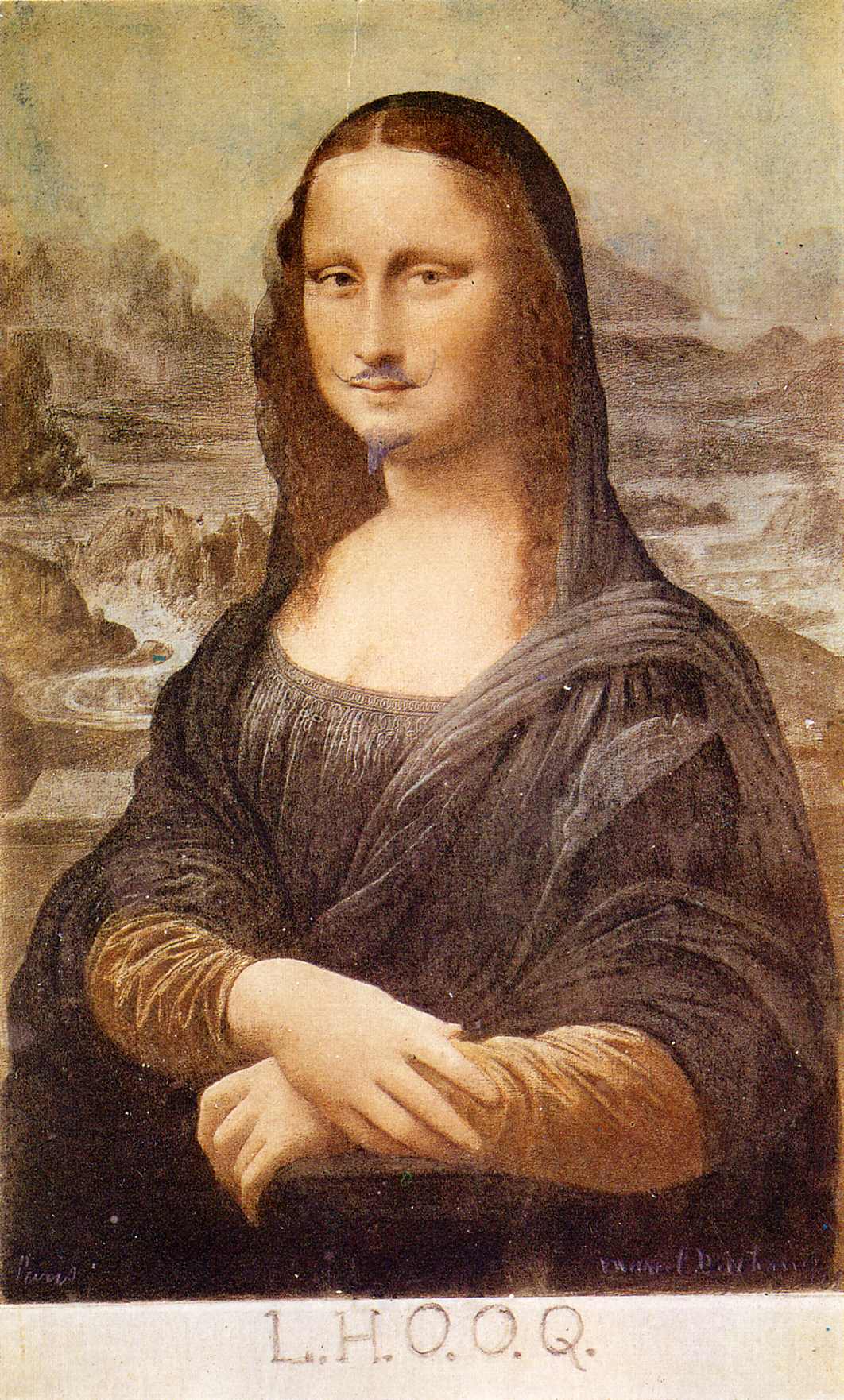 L.H.O.O.Q., (Marcel Duchamp, 1919). Phonetically: "elle a chaud au cul"
or "She's got a hot ass."
L.H.O.O.Q., (Marcel Duchamp, 1919). Phonetically: "elle a chaud au cul"
or "She's got a hot ass." L.H.O.O.Q., (Marcel Duchamp, 1919). Phonetically: "elle a chaud au cul"
or "She's got a hot ass."
L.H.O.O.Q., (Marcel Duchamp, 1919). Phonetically: "elle a chaud au cul"
or "She's got a hot ass."
The signatories of this manifesto have, under the battle cry
D A D A ! ! !
gathered together
to put forward a new art. What, then, is Dadaism? The word "Dada" signifies
the most primitive relation to the reality of the environment. . . . Life appears
as a simultaneous muddle of noises, colours and spiritual rhythms, which is
taken unmodified, with all the sensational screams and fevers of its reckless
everyday psyche and with all its brutal reality. . . . Dada is the international
expression of our times, the great rebellion of artistic movements, the artistic
reflex of all these offensives, peace congresses, riots in the vegetable market.
. . . (Hughes, 71)
"Exquisite Corpse: Game of folded paper played by several people,
who compose a sentence or drawing without anyone seeing the preceding collaboration
or collaborations. The now classic example, which gave the game its name, was
drawn from the first sentence obtained this way: The-exquisite-corpse-will-drink-new-wine."
Drawing by
Yves Tanguy, Man Ray, Max Morise, Joan Miró, c. 1926.
More exquisite corpses. Drawings by Victor Brauner, André
Breton, Jacques Hérold and Yves Tanguy, 1935.
And still more exquisite corpses, by U Alabama students (click for more in PDF format).
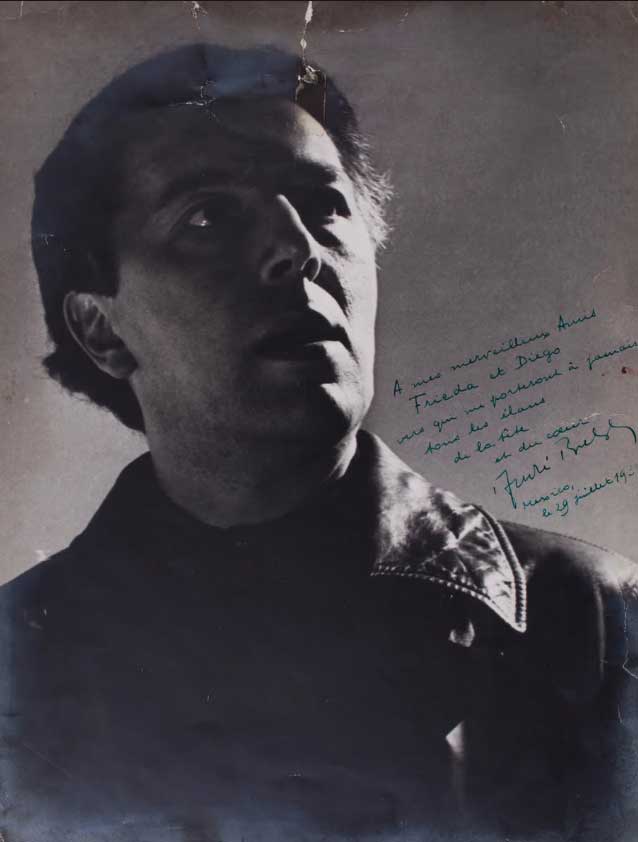 By André
Breton. Full text is over here. There's also a PDF-format version that'll be easier to print. (Breton photograph by Man Ray [1938], source: Google Art Project.)
By André
Breton. Full text is over here. There's also a PDF-format version that'll be easier to print. (Breton photograph by Man Ray [1938], source: Google Art Project.)
SURREALISM,
noun, masc., Pure psychic automatism by which it is intended to express, either
verbally or in writing, the true function of thought. Thought dictated in the
absence of all control exerted by reason, and outside all aesthetic or moral
preoccupations.
ENCYCL. Philos. Surrealism is based on the belief in the superior reality of certain
forms of association heretofore neglected, in the omnipotence of the dream,
and in the disinterested play of thought. It leads to the permanent destruction
of all other psychic mechanisms and to its substitution for them in the solution
of the principal problems of life. (Waldberg, 72)
Photographer Man Ray (right) & artist Marcel Duchamp play chess.
 Man Ray, 1931 |
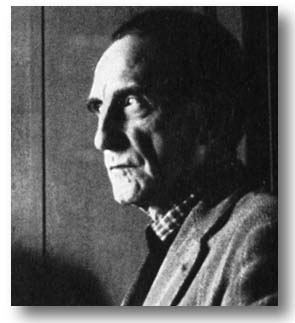 Marcel Duchamp, 1958 |
Duchamp was known for dada, "readymade" (e.g., Fountain [1917]) and cubist work (e.g., Nude Descending a Staircase).
Dada playwright Francis Picabia (right) and composer Erik Satie ignite a cannon.
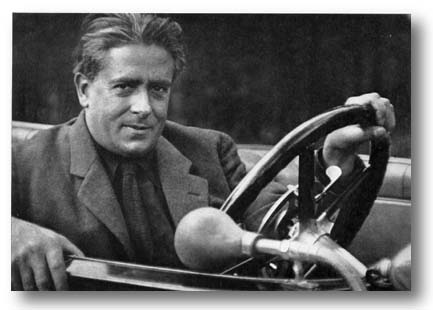 Francis Picabia, 1922 |
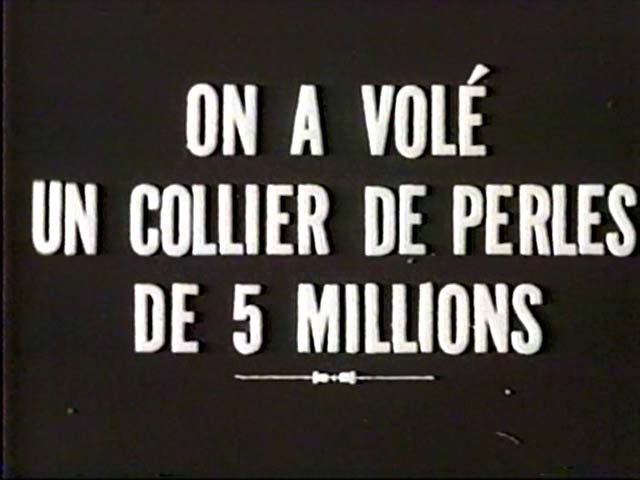 One flew A collar of pearls Of 5 million |
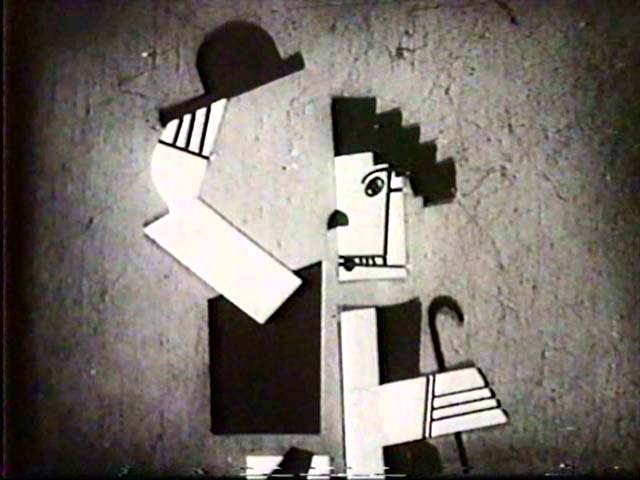 Charlie Chaplin collage |
View hundreds of Dalí's works online.
Dalí's
paintings are featured in The Shock of the New (pp. 239-240).
(Select an image below for a larger view.)
Un Chien Andalou (1929)
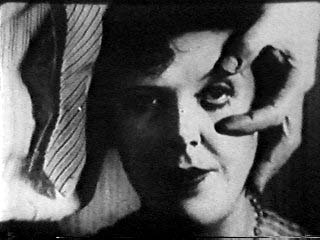
René Magritte
|
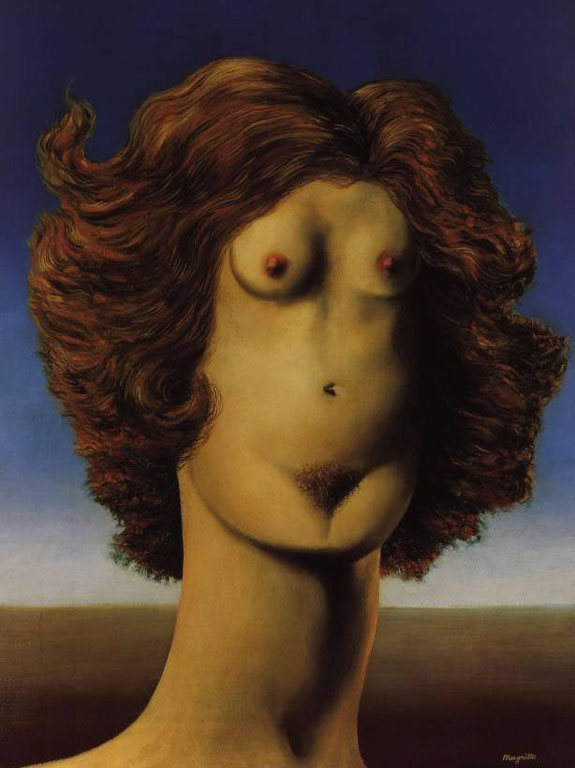 Source: WikiArt The Rape (1934) |
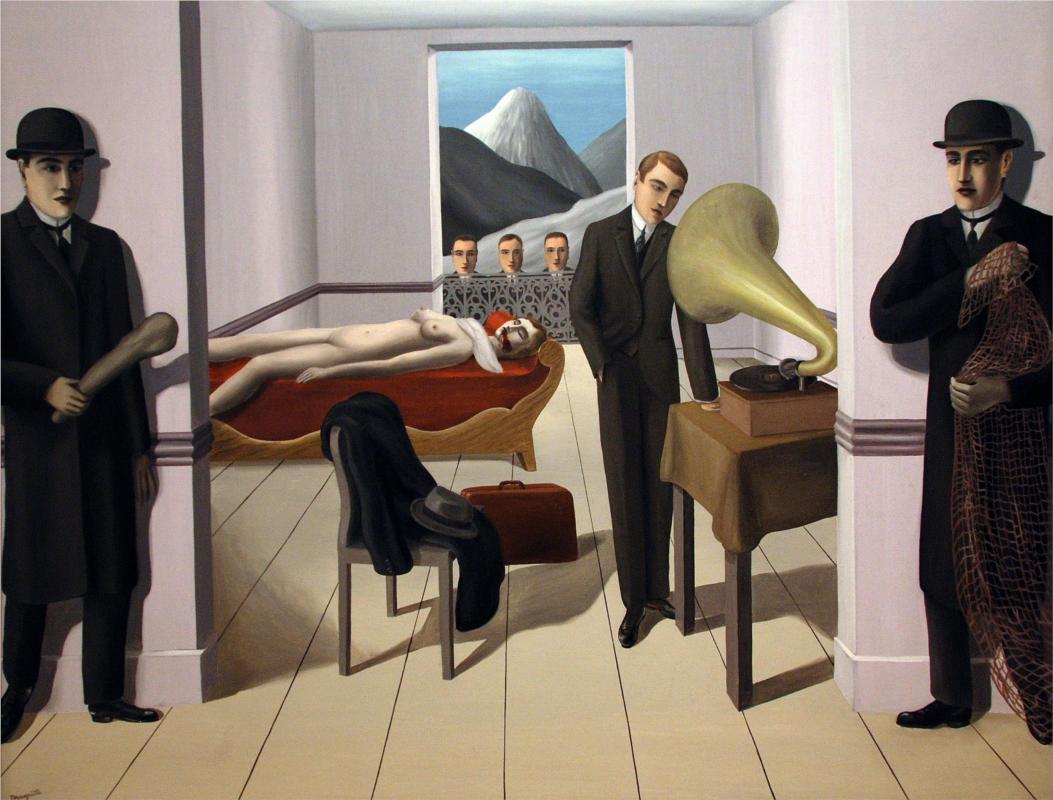 Source: WikiArt The Menaced Assassin (1927) |
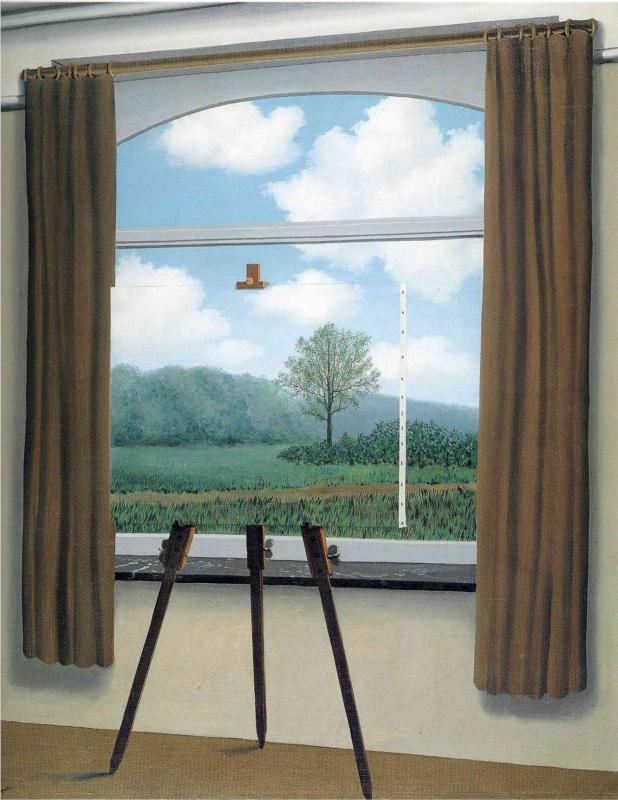 Source: WikiArt The Human Condition I (1933) |
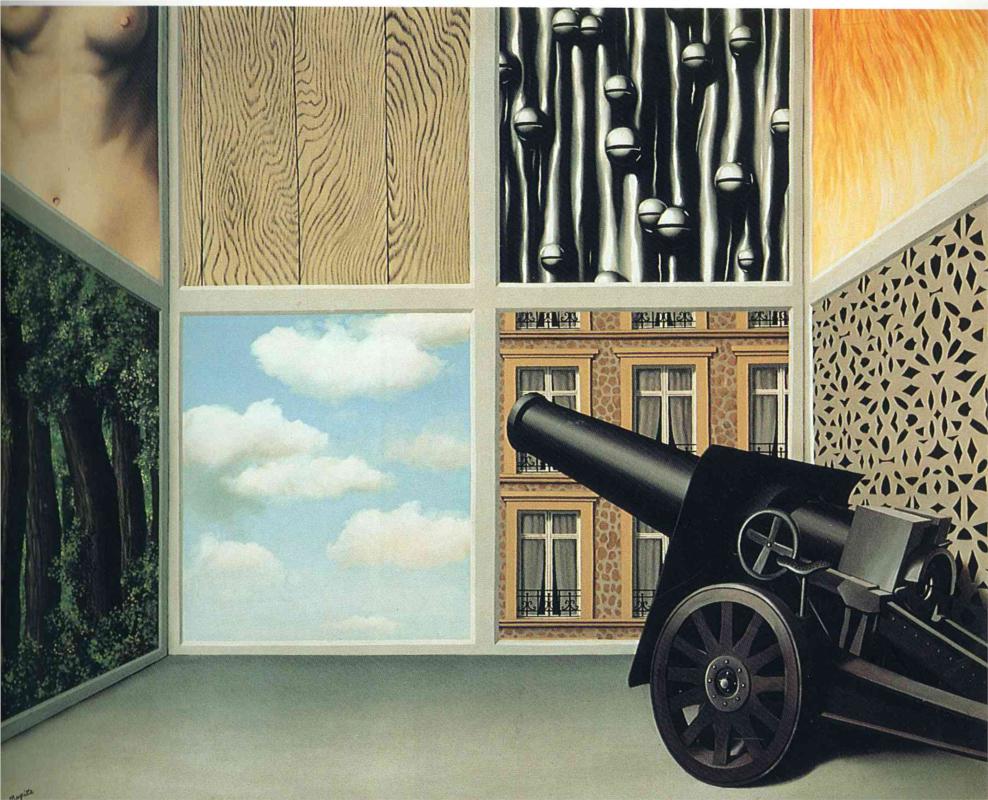 Source: WikiArt On the Threshold of Liberty (1930) |
| Sigmund Freud (1856-1939) | |
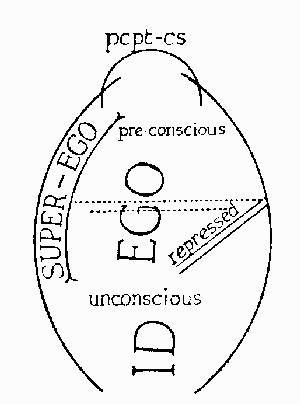 From "The Anatomy of the Mental Personality" lecture, published in New Introductory Lectures on Psycho-analysis (1933), available online. |
|
| Romanticism | Giorgio de Chirico |
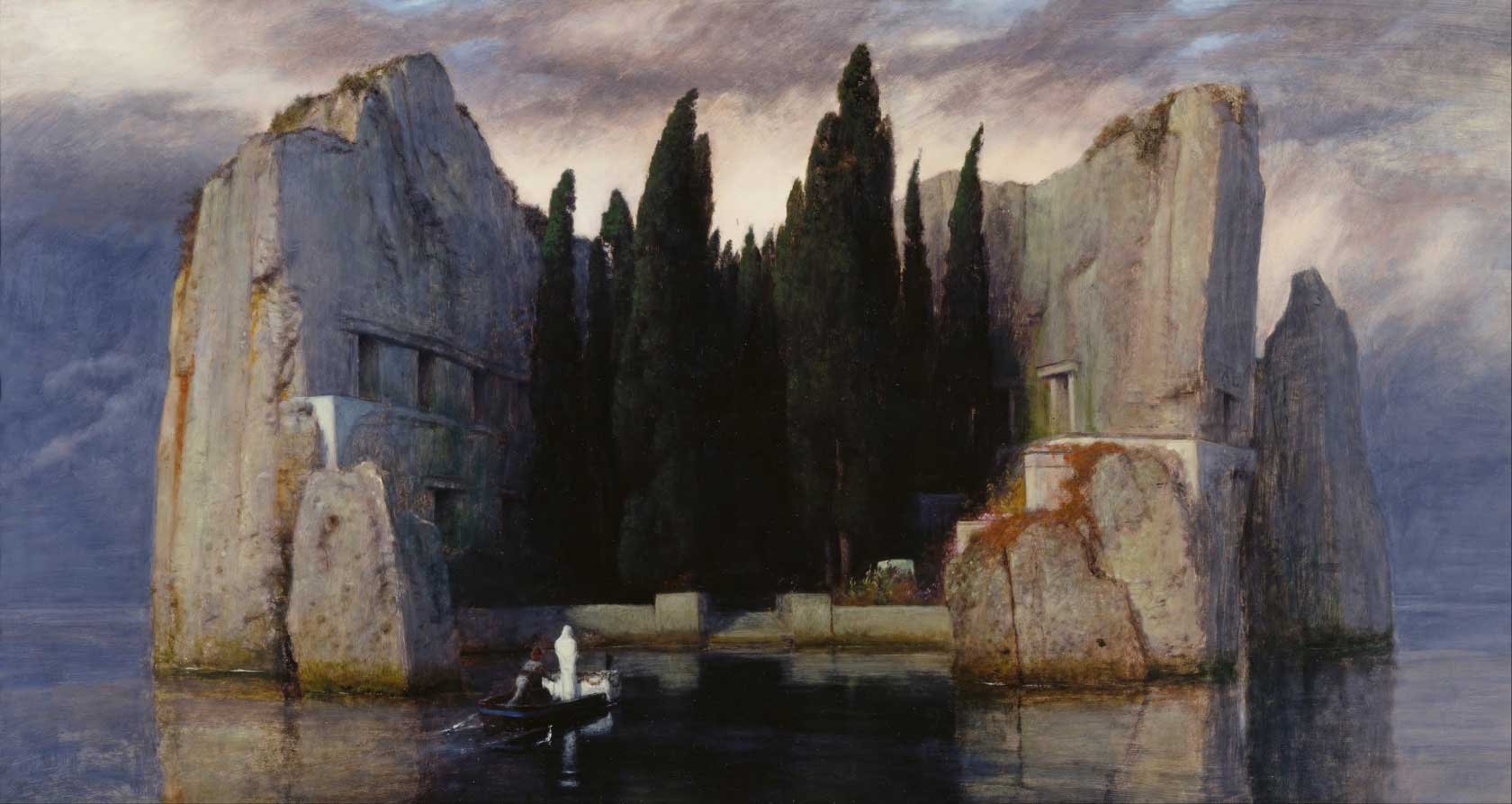 Source: Google Art Project. Arnold Böcklin, The Isle of the Dead (1883; 3rd of 5 versions) |
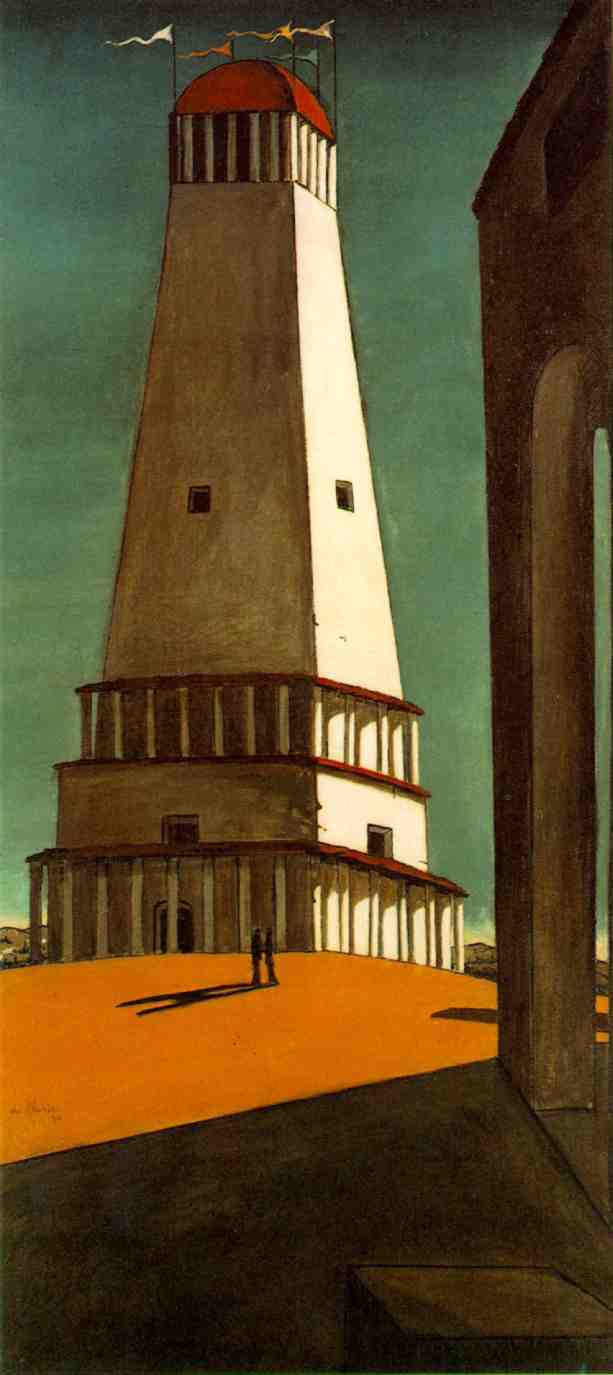 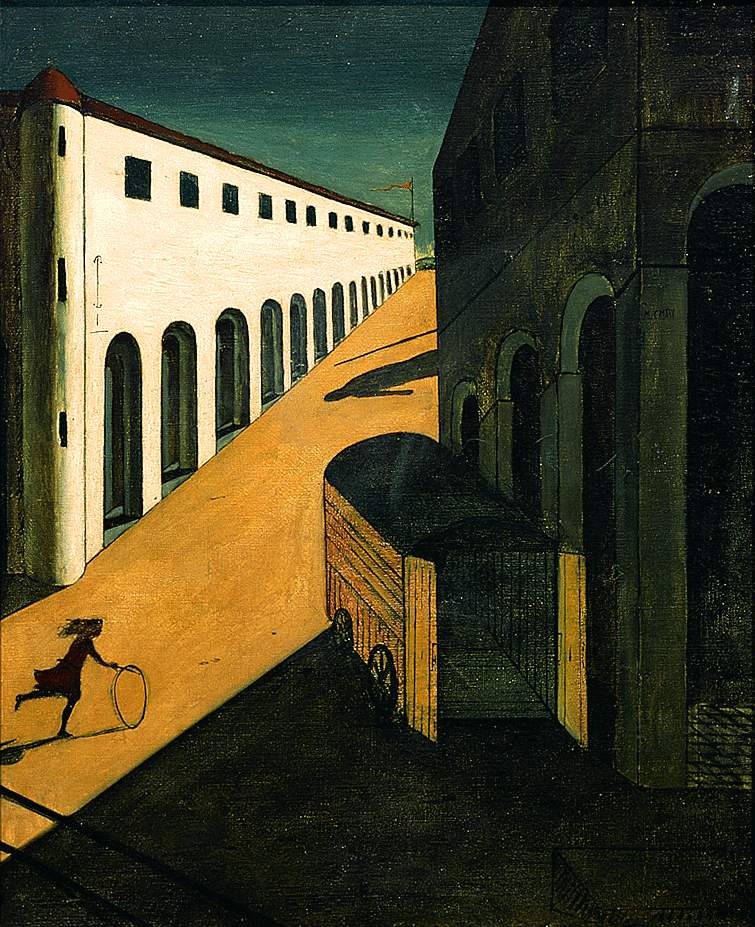 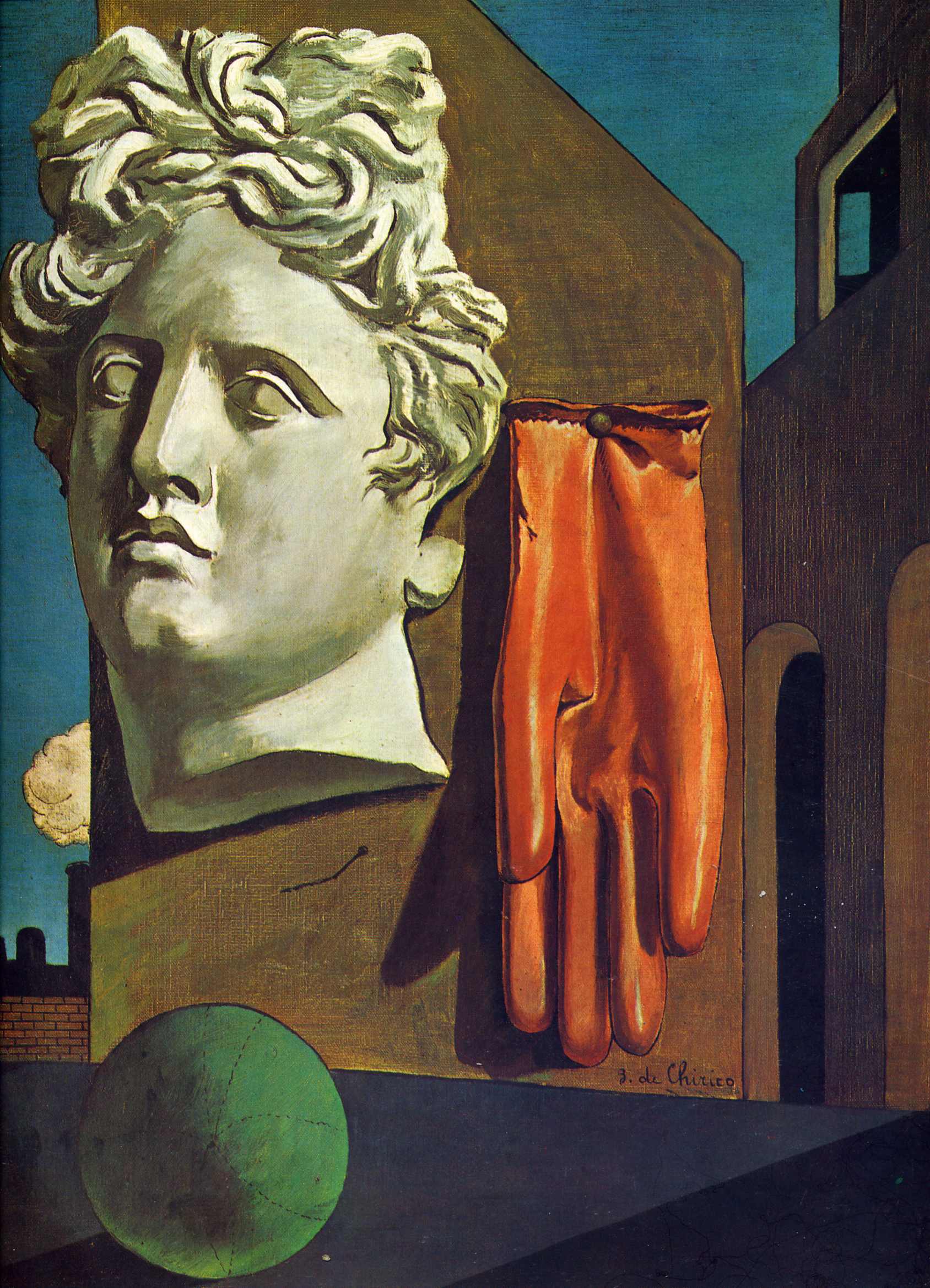 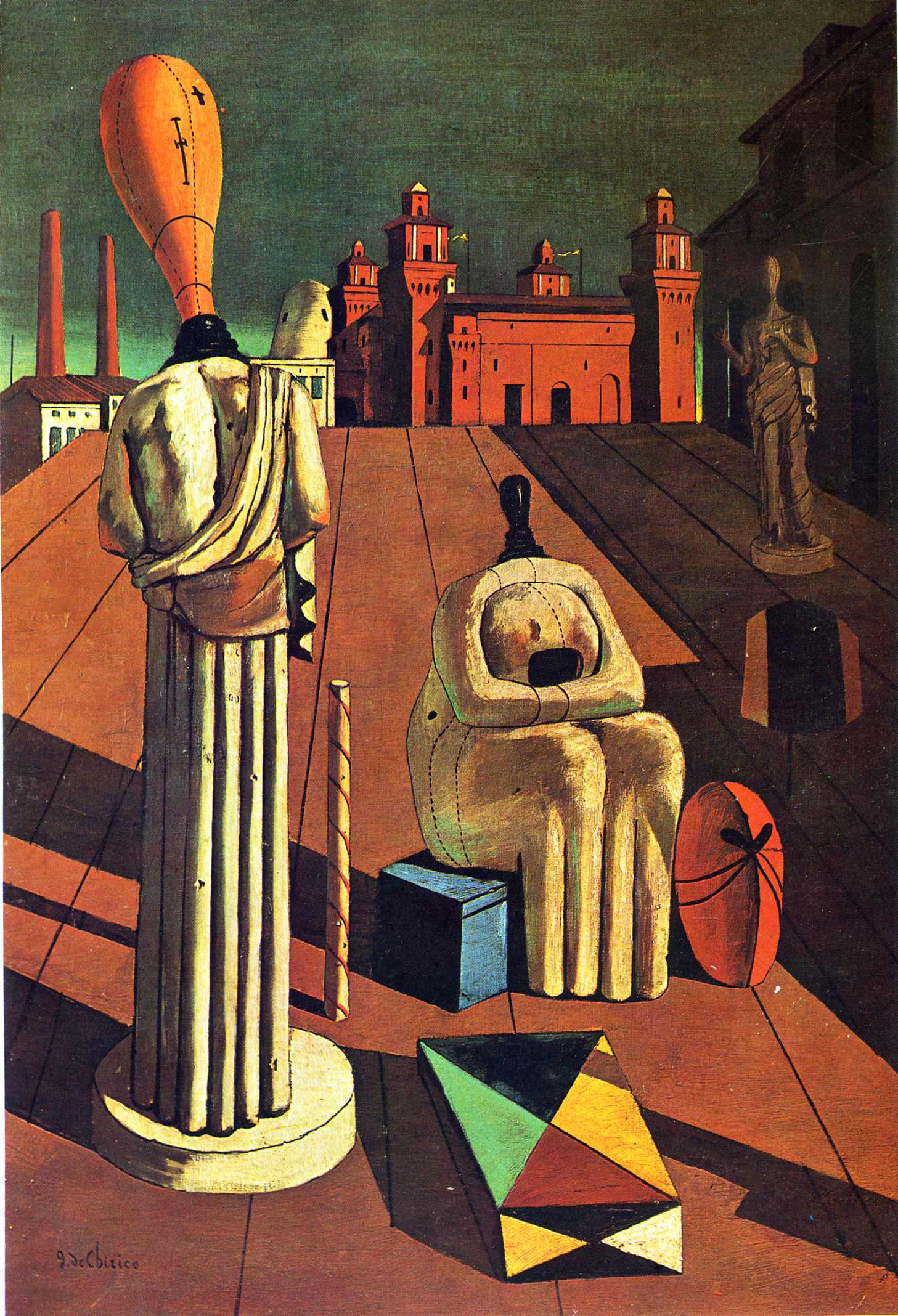 |
| The Nostalgia of the Infinite (c. 1911-13), Melancholy and Mystery of a Street (1914), The Song of Love (1914), The Disquieting Muses (1916) | |
| Primitive, folk art | |
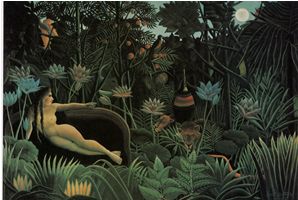 |
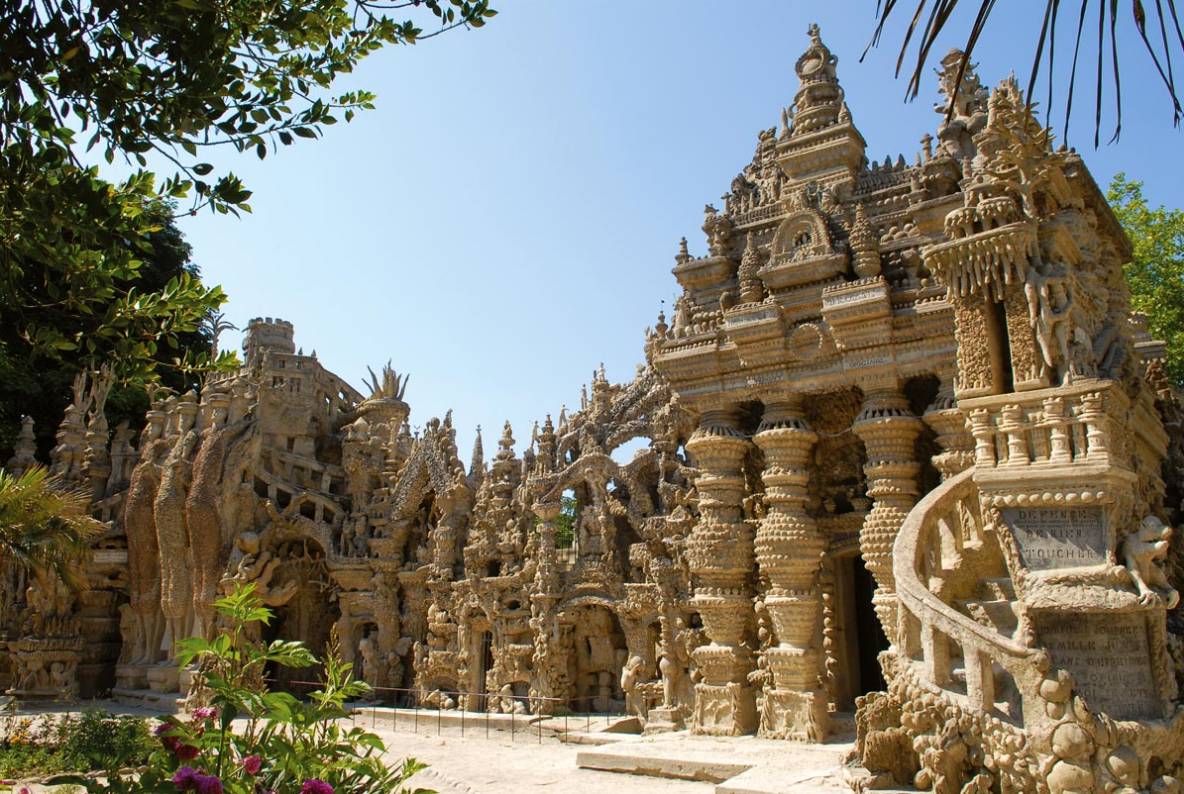 Source: official Webpage |
| Henri Rousseau, Le Rêve ("the dream," 1910) | "Facteur"
Cheval, Ideal Palace (1879+) |
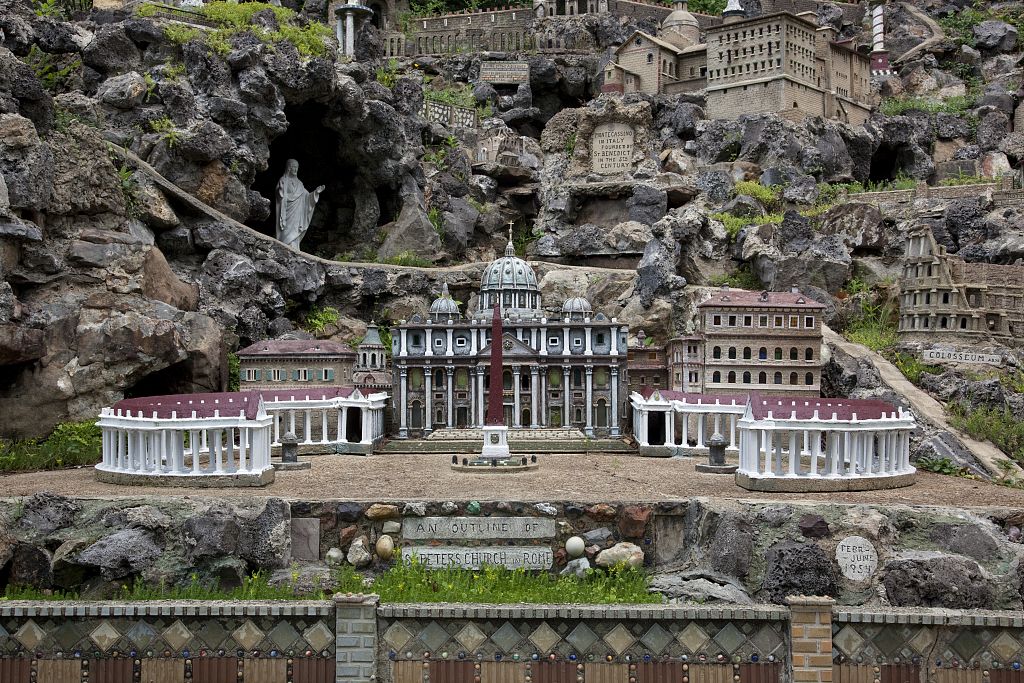 Source: Carol M. Highsmith Archive, Library of Congress |
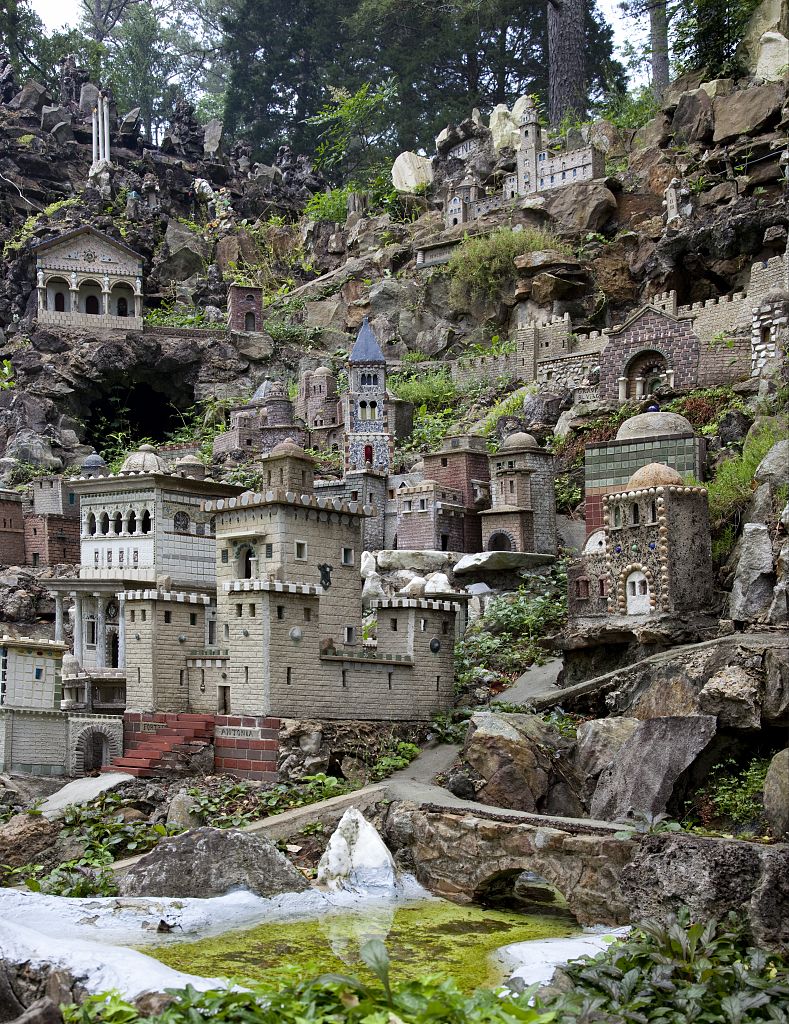 Source: Carol M. Highsmith Archive, Library of Congress |
| Brother Joseph Zoettl's Ave Maria Grotto (Cullman, AL) | |
| Max Ernst | |
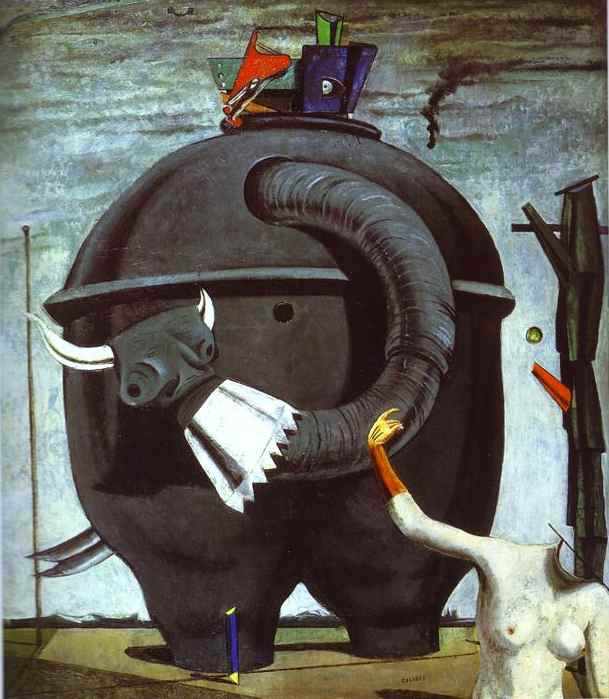 |
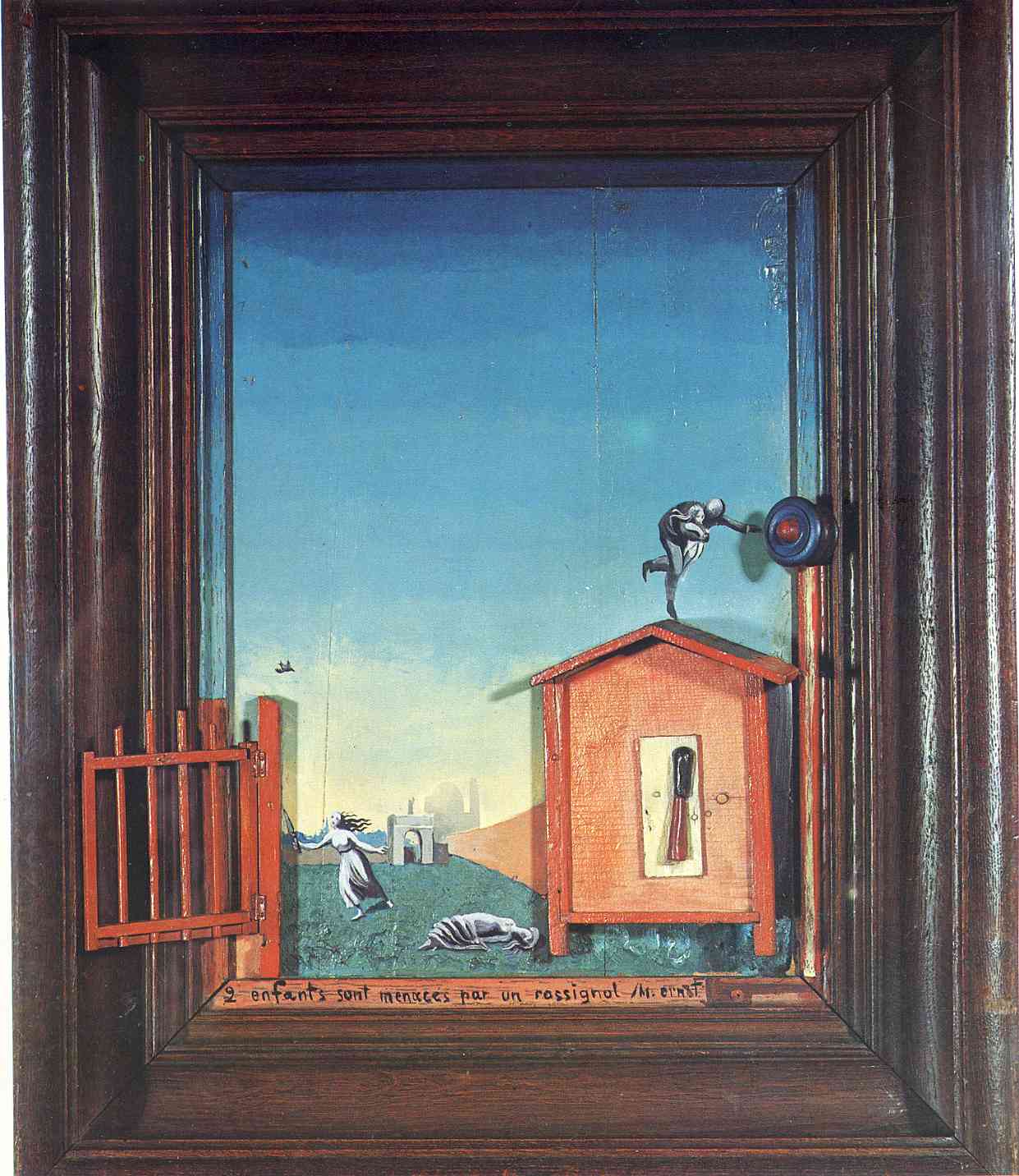 Source: WikiArt.org |
| The Elephant Celebes (1921) | Two Children are Threatened by a Nightingale (1924) |
| Joan Miró | |
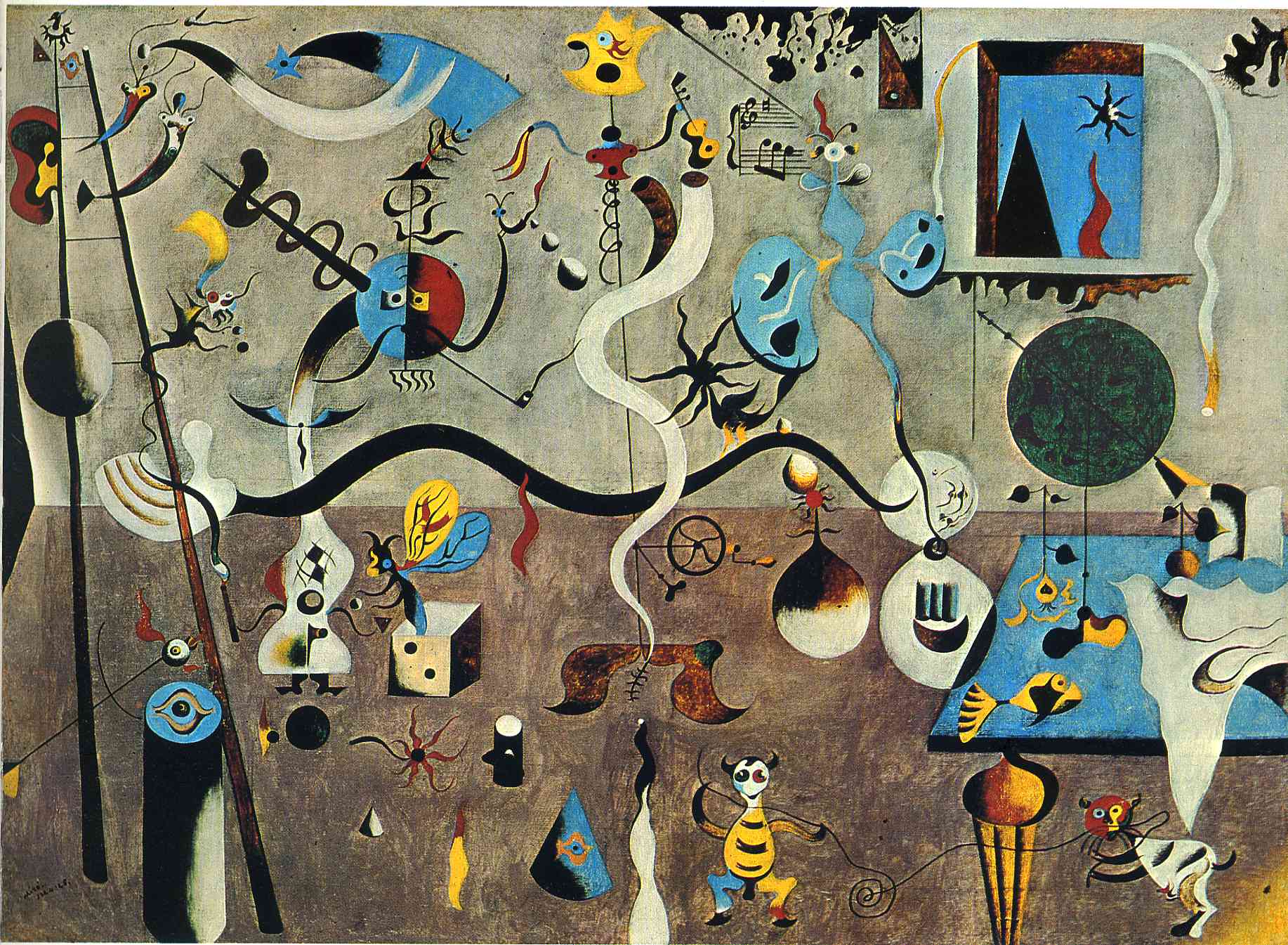 Source: WikiArt.org |
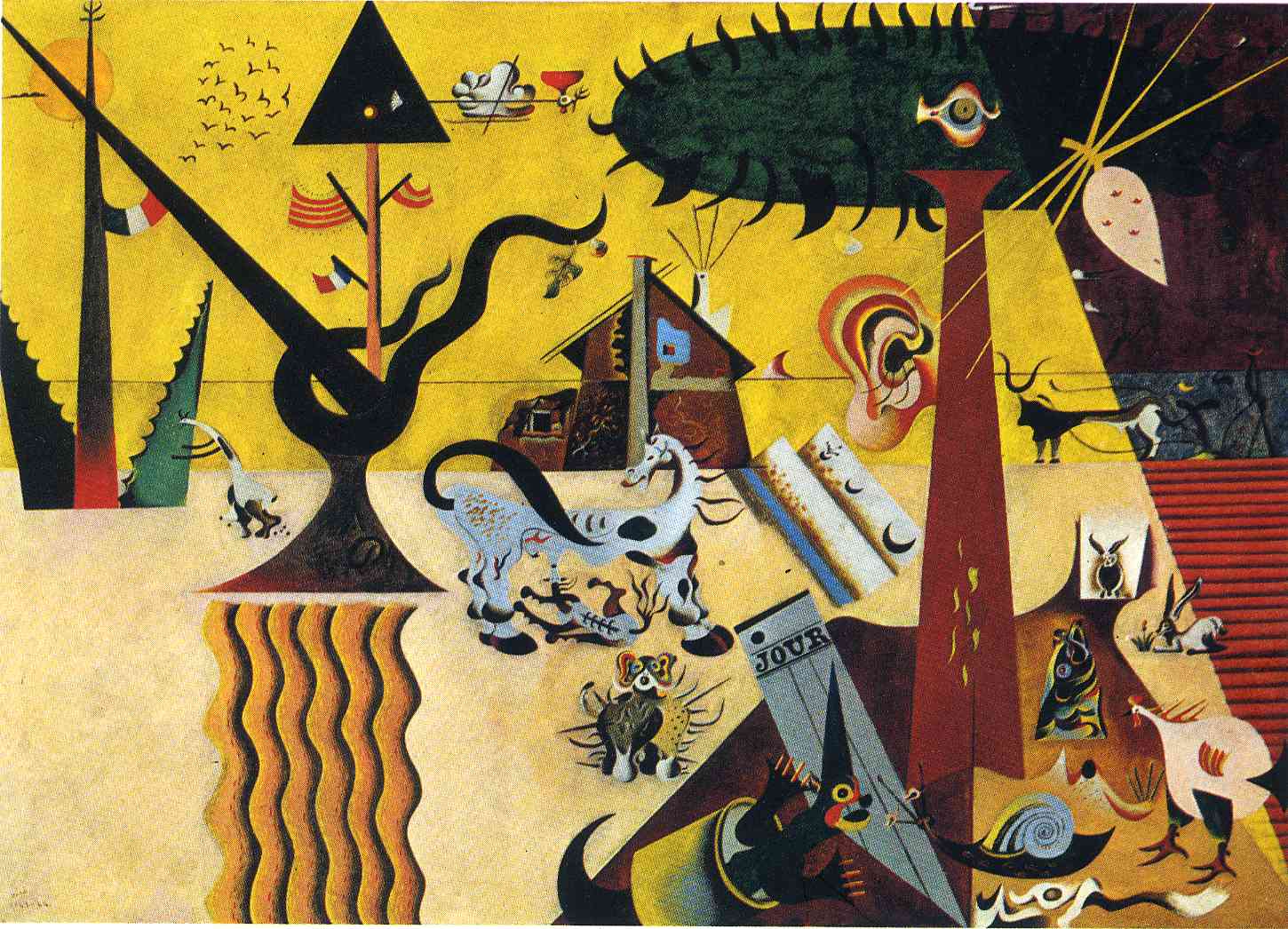 Source: WikiArt.org |
| Harlequin's Carnival (1924-5) | The Tilled Field (1923) |